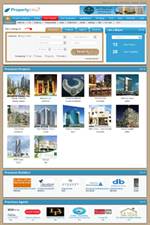Years
of experience have shown us that every organization has individual
requirements to an effective content management system. Techzone
delivers flexible and scalable content-driven applications tailored to
customers’ specific requirements. We work with you to learn your
business needs and offer the appropriate options, delivering a
dependable solution according to your application requirements and
budget.
CMS is a comprehensive tool for management of content, however technology is get improved and also change with time, now cms is not just a web publishing system it is more than that, in principle cms is now part of your branding and enterprise collobration strategy. so consider the key feature you must have in your next CMS. otherwise you are tend to buy and deploy old technology that will not reap the benefits and result one can expect from latest technology based CMS system.
here we are putting some essential and must have feature for your web CMS and enterprises CMS solutions. weather you are looking for open source application or commercial one, must check these feature as cms is not just a software this is capital investment and need very precise and accurate decision to work for long terms.
Key Features of CMS Solutions
|




